Serial killers have plagued all corners of Illinois. These are some of the most infamous
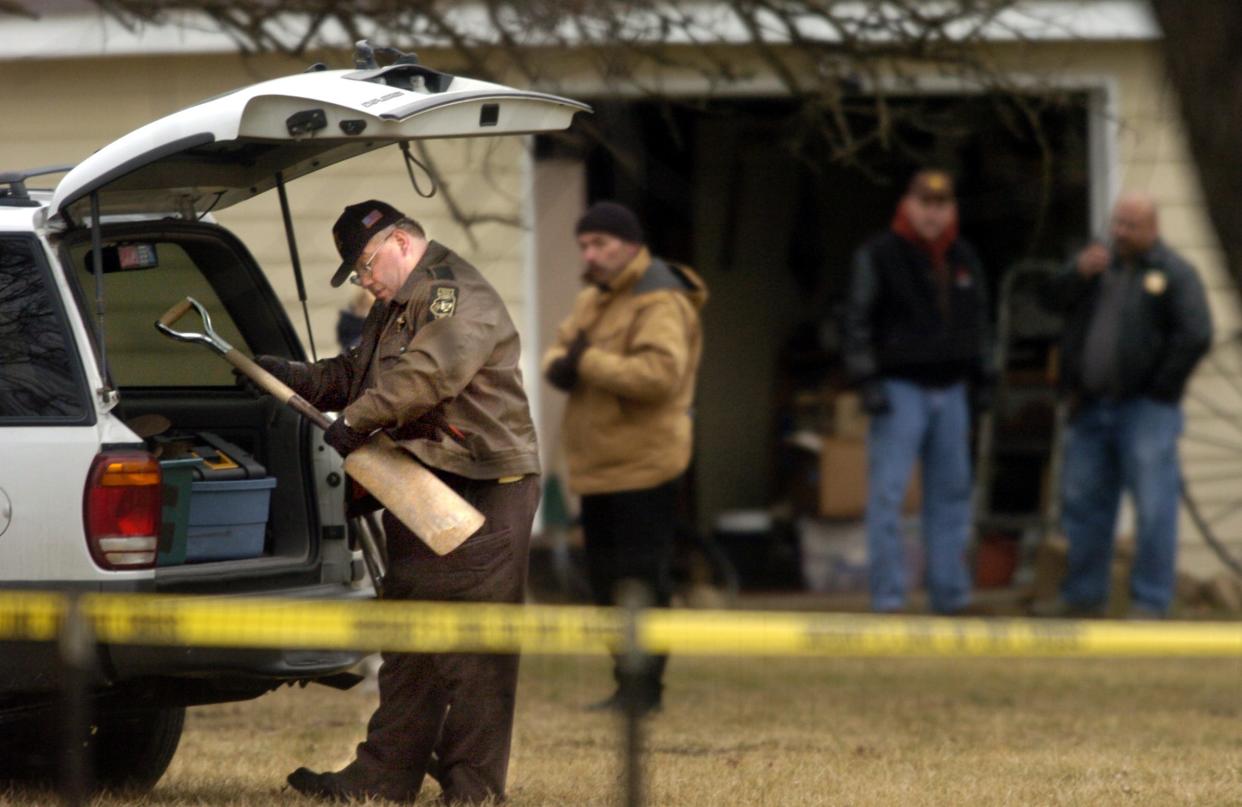
Illinois has seen its share of serial killers and other murderers on killing sprees over the decades. Some were the proverbial boy next door. Others were demons from the get-go.
They hailed from Rockford, Peoria, suburban Chicago and other parts of the state. Some were business owners. Others were drifters. One was a clown.
All, however, share the same trait — a disregard for human life and a sense of cruelty.
These are some of the most notable to have taken lives in recent decades all around Illinois.
John Wayne Gacy
Gacy, a building contractor and amateur clown, was convicted of luring 33 young men and boys to his home near the Chicago suburb of Norridge and strangling them between 1972 and 1978. Sentenced to death, he was executed in 1994.
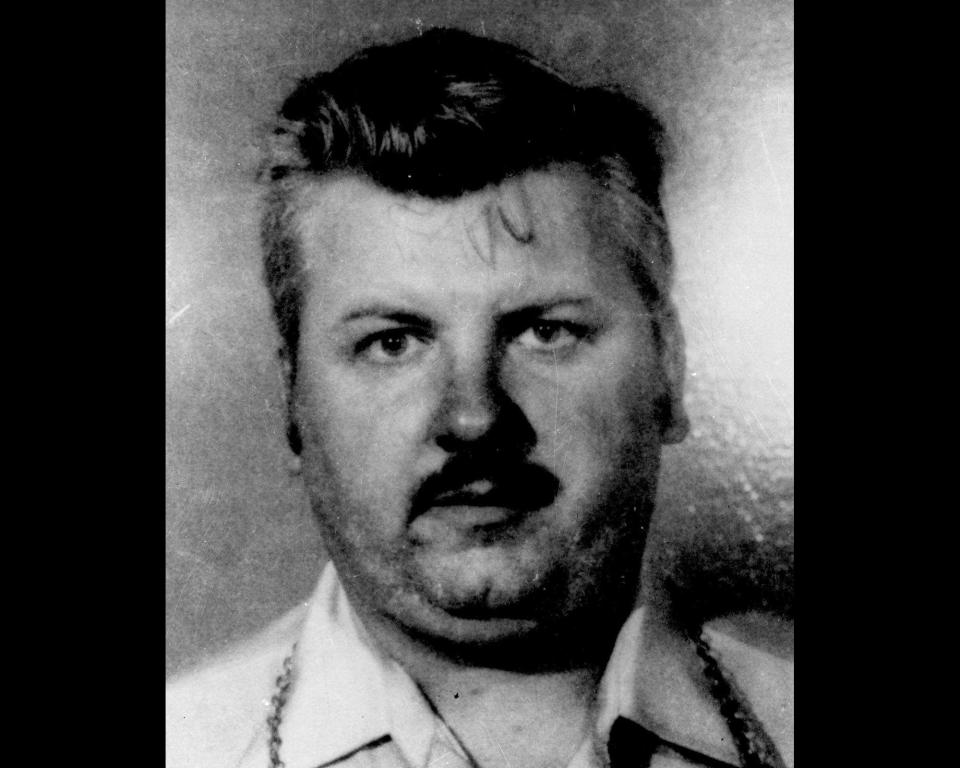
Most of Gacy's victims were buried in a crawl space under his home or elsewhere on the property, according to a history compiled by The Associated Press. Several were dumped in the Des Plaines River. He admitted his crimes before his execution.
He built a reputation as a successful small construction company owner, a friend of local politicians and as Pogo the Clown, entertaining children at neighborhood parties and hospitals.
Gacy strangled most of his victims with a noose and stabbed others, often during or after having sex with them, according to the evidence produced in his six-week trial that ended in March 1980.
To this day, authorities still are working to identify victims, with one man's remains identified in October. Five sets of remains remain unidentified.
Building a criminal case: How Peoria police used phone records and video to link suspect to death of J'Naysia Hobbs
Larry Bright
The former concrete worker was linked to the deaths of eight women in the Peoria area over a 15-month period in 2003 and 2004, according to Journal Star archives.
He strangled seven women and gave enough cocaine to an eighth to cause her death. Bright dumped four of the bodies along roads in rural Peoria and Tazewell counties. The other four he burned, scattering their ashes at various locations.
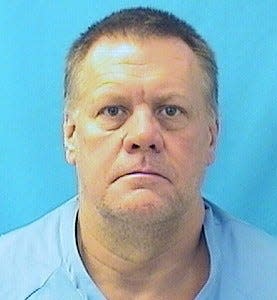
Some accused the police of not devoting enough resources to solve the cases because all the victims were Black and had ties to drugs and prostitution.
Police latched onto Bright as a suspect in November 2004 when, while questioning him on another matter, they collected butts of two cigarettes he smoked and matched DNA to evidence found on a victim's body.
Authorities never specified a motive for the slayings. Bright, when he pleaded guilty to a life sentence, did not give an explanation.
Richard Speck
Though infamous in the annals of Illinois killings, Speck didn't murder victims over an extended period like many serial killers. Instead, his killing spree ran just two days as he murdered eight nursing students in their suburban Chicago home by stabbing, strangling or slashing their throats on July 13-14, 1966. One of the women was raped before she was killed.
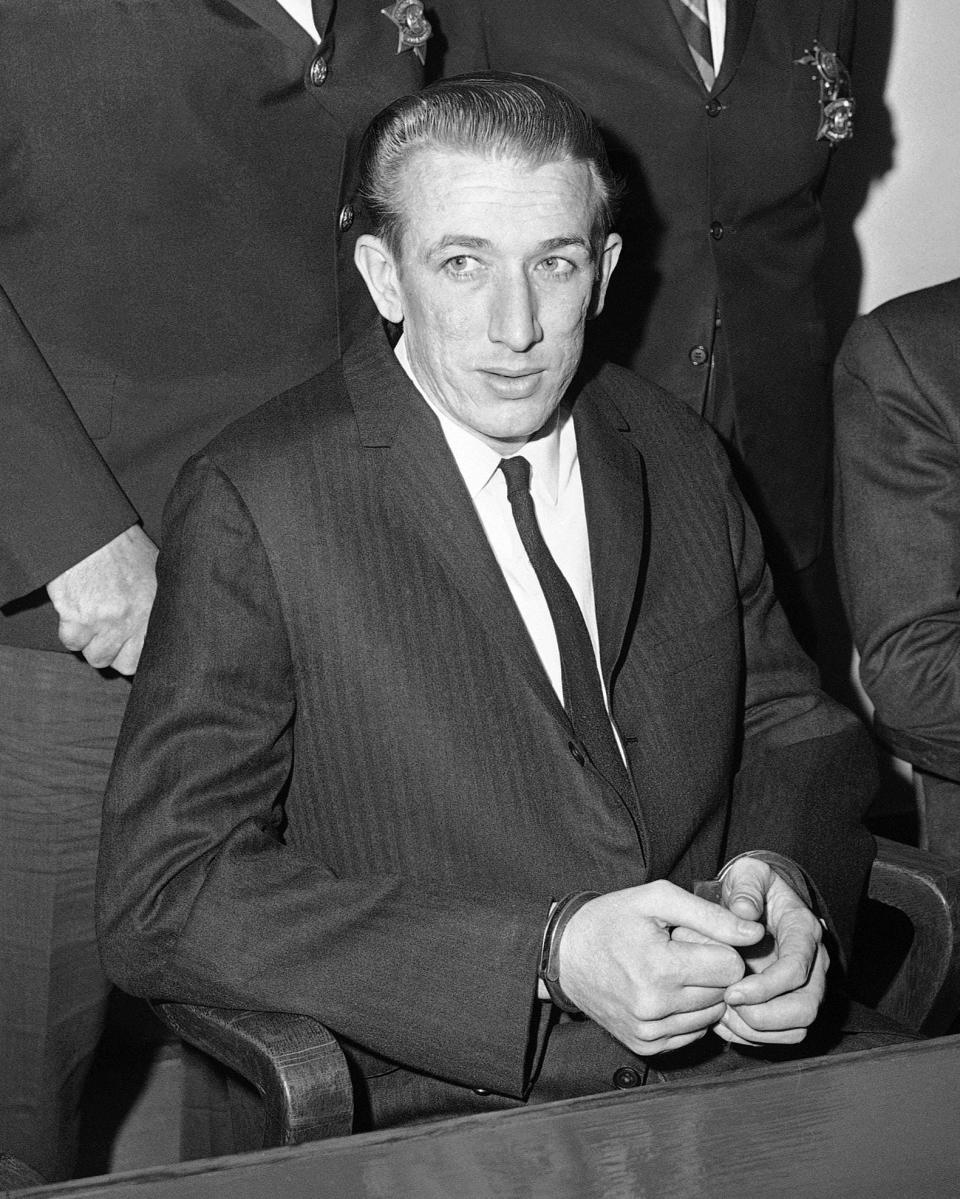
A ninth woman managed to hide under a bed and escape Speck's rampage.
Pretrial publicity was so great that the trial was moved to Peoria, where Speck was convicted in 1967. He was sentenced to death, but that was commuted to life prison five years later.
He died of a heart attack while in prison in 1991 at the age of 49. After his death, a video emerged of his time in prison where he was seen on camera having sex with other inmates, using drugs and dressing like a woman. The video led to major reforms within the Illinois Department of Corrections.
The Ripper Crew
A group of men who were linked to the deaths of at least 18 Chicago-area women in the early 1980s earned the nickname "The Ripper Crew."
The four — Robin Gecht, Edward Spreitzer and brothers Andrew and Thomas Kokoraleis — were accused of being part of a satanic cult that abducted, tortured, mutilated and killed women, according to AP file stories.
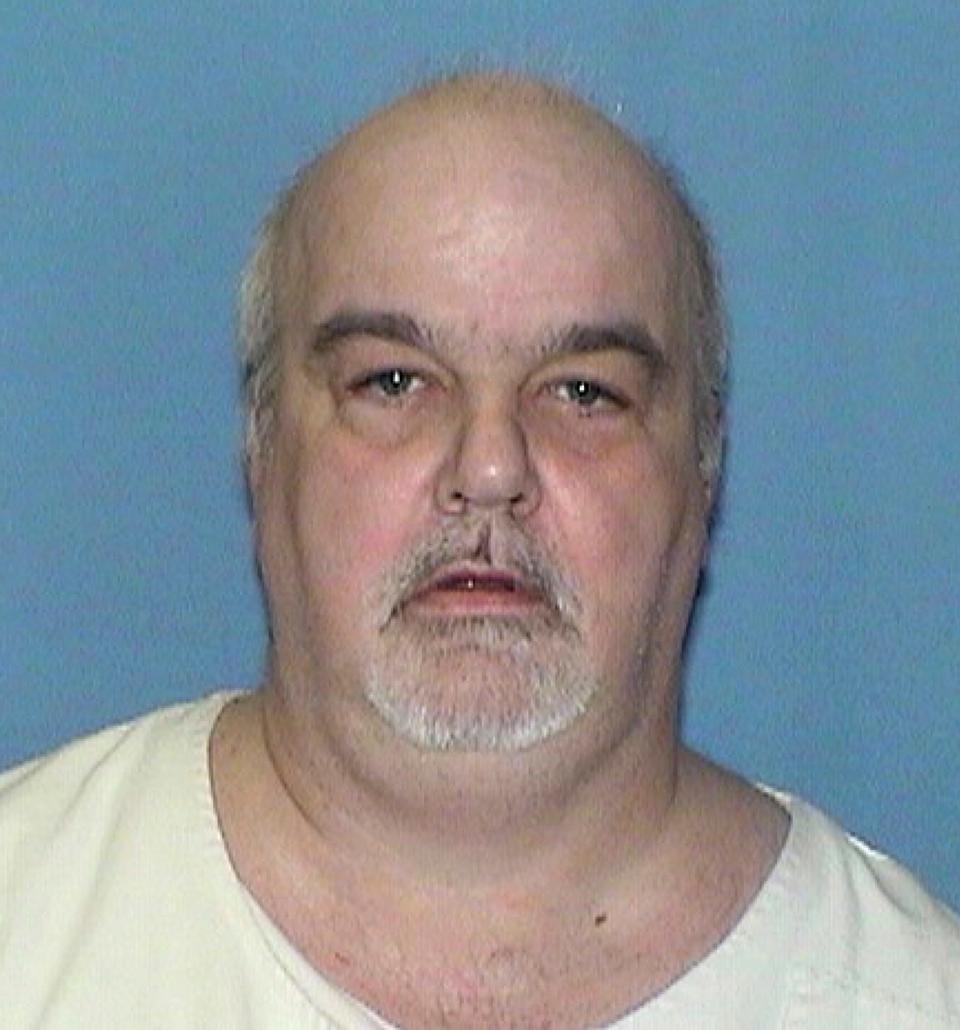
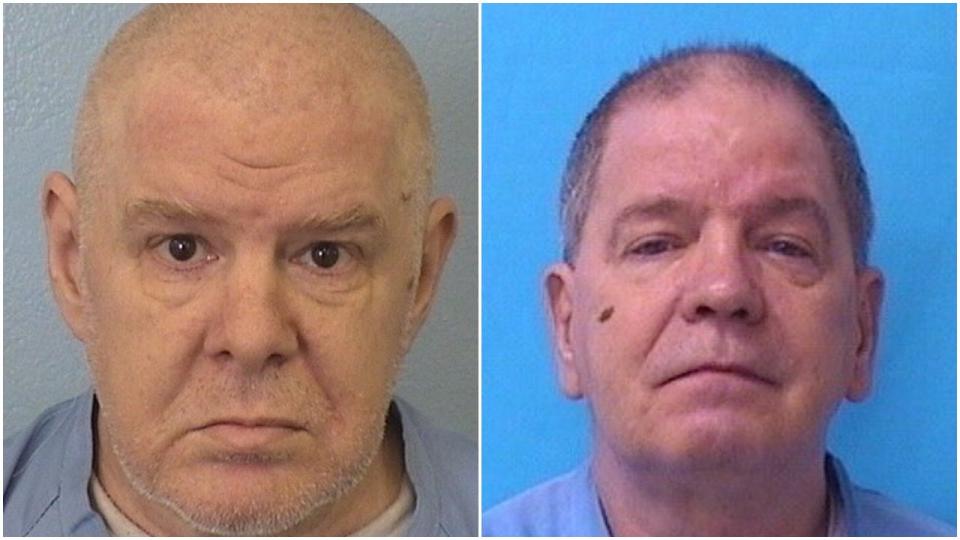
Their first victim was 28-year-old Linda Sutton, who was abducted on May 23, 1981, according to Wikipedia. Her body was found, mutilated, 10 days later in a Villa Park field.
Their last victim, Beverley Washington, was found by a railroad track in October 1982. Near death, she survived the attack despite being raped and mutilated. She was able to give a description of her attackers to police.
The Rippers were arrested and all convicted. Andrew Kokoraleis was the last person executed by Illinois, in March 1999. The others were sentenced to decades behind bars, though Thomas Kokoraleis was released on parole in 2019. Spreitzer and Gecht remain in prison with either life sentences or decades left on their term.
Life behind bars: Why a judge sentenced this Peoria man to the 'maximum I could give' for 2019 murder
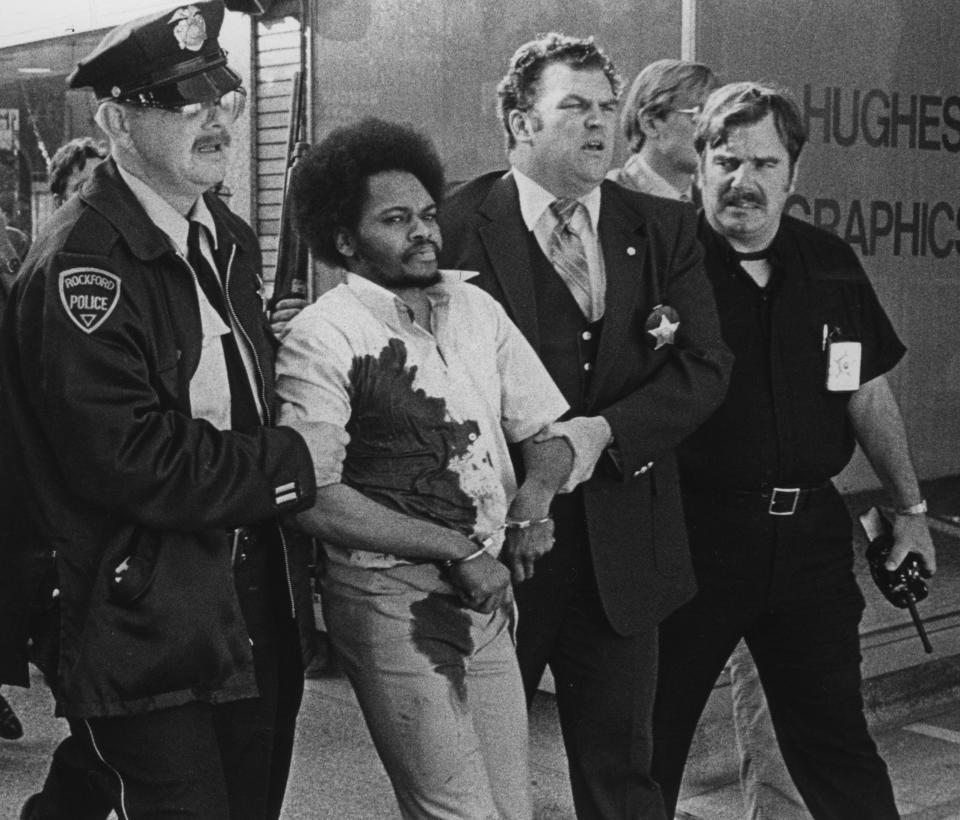
Raymond Lee Stewart
Stewart went on a one-week killing spree that left four people dead in Rockford and two others just over the state line in Beloit, Wisconsin.
He was executed in 1996, 15 years after the early 1981 murder spree. According to the Chicago Tribune, the killings began at the Tiny Fredd's Grocery store in Rockford, where police discovered the bodies of owner Willie Fredd, 54, and clerk Albert Pearson, 20, each shot several times in the head.
The next day, the Tribune reported, police found the bodies of Kevin Kaiser, 18, and Kenny Foust, 35, at two different gas stations. They had been shot several times. Later, at a Radio Shack store in Beloit, Richard Boeck, 21, and Donald Rains, 26, were killed, the Tribune reported.
The FBI got involved and Stewart was arrested several weeks later. He managed to escape from jail but was recaptured a few hours later.
Nicholas Troy Sheley
This spree killer's rampage began on June 23, 2008, when he attacked 93-year-old Russell Reed in the Rock River community of Sterling. Police have said he was looking for money to buy drugs when he killed Reed and left his body in the trunk of a car.
Sheley next struck in Galesburg, where on June 28, 2008, he killed 65-year-old Ronald Randall at a car wash, hiding the body behind a grocery store. That same night, Sheley killed Kenny Ulve, 25, Brock Branson, 29, his fiancée, Kilynna Blake, 20, and her son Dayan, 2 in their Rock Falls apartment. All were killed with a hammer.
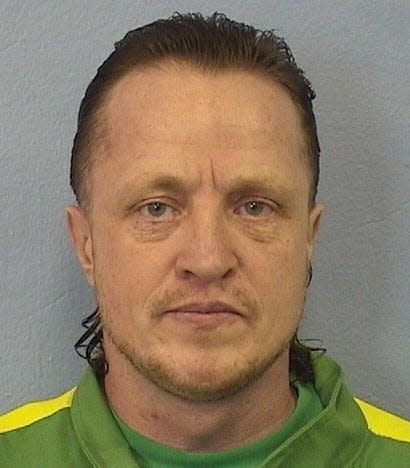
According to court records and Journal Star archives, Sheley's DNA was found in the apartment and he was seen wearing one victim's clothes the next day. His wife, Holly, testified at trial the cab of a truck he stole was covered in blood.
Sheley then fled to Festus, Missouri, and on June 29, 2008, killed his last two victims, Tom and Jill Estes, both 54, of Sherwood, Arkansas, at their hotel. He was arrested nearby just days later.
He is serving life in prison for six murders and pled guilty to killing two others in Missouri to avoid the death penalty. He's serving all his sentences in Illinois.
'We can't figure it out': Family and friends puzzled by teens charged in Mackinaw killing
Andre Crawford
Crawford was convicted of killing 11 women in Chicago's Englewood neighborhood, all prostitutes or drug addicts, between 1993 and 1999. The victims, all Black, were either strangled or stabbed with a knife after being lured to abandoned homes.
DNA tests in 2000 established his involvement in seven murders, according to Journal Star archives.
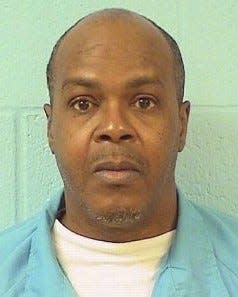
After his arrest, during the initial interrogations, Crawford admitted his guilt and told the investigators that he was responsible for an additional three killings, as well as several other attacks, the victims of which survived. He claimed the killings had become like an addiction.
At one point, it was revealed that he was seen at gatherings where people were trying to find the women's killer and even participating in handing out flyers, according to a Chicago Tribune story.
Crawford died in 2017 while serving multiple life sentences in the Illinois Department of Corrections.
Joseph Miller
Miller was the first serial-killer prosecution in modern Peoria County history, and the first prosecution in Peoria where DNA evidence played a major role, according to Journal Star archives.
Previously convicted of killing two prostitutes in the Chicago area in 1978, Miller was paroled to Peoria in April 1993. Months later, he killed three local prostitutes and an 88-year-old woman for whom he did yard work.
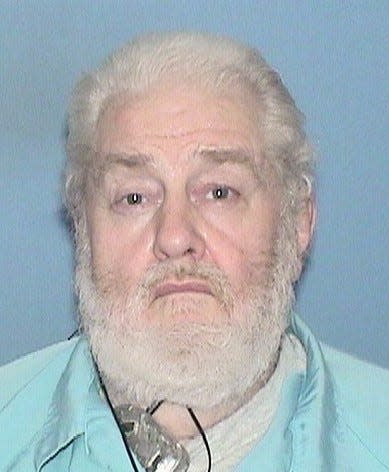
All had been strangled. At least two had been sexually assaulted — one victim's remains were too far decomposed to determine — and one also had been stabbed.
A detective assigned to the 1993 task force that investigated those deaths and the disappearances of others said Miller was a suspect in the deaths of four additional women in Chicago before he ever came to Peoria, but nothing ever came of it.
Miller was sentenced to life in prison and remains in custody at Dixon Correctional Center.
Prosecuting a case: Prosecutors say witness, camera footage link trio to Manual High student's death
Dellmus Colvin
Colvin killed at least seven girls and women in New Jersey and Ohio over a nearly 20-year period ending in 2005. But he also claims his killings took him to Illinois.
In August 2020, he told the LaSalle County Sheriff’s Office he killed the woman at a truck stop outside LaSalle before leaving her naked body at a now-shuttered truck wash north of Peru sometime around 2005, according to Journal Star archives.

Colvin, 62, is serving two life sentences in Ohio for the 2003 murders of two prostitutes. Colvin, an over-the-road truck driver, later pleaded guilty in the killings of four other women in Ohio and one in New Jersey. He has claimed to have slain dozens more women.
Bone fragments initially found in the search were deemed "non-human," but authorities were continuing their search after the local sheriff deemed his claims to be credible.
This article originally appeared on Journal Star: Illinois serial killers: Most notable from Peoria, Chicago area, more

